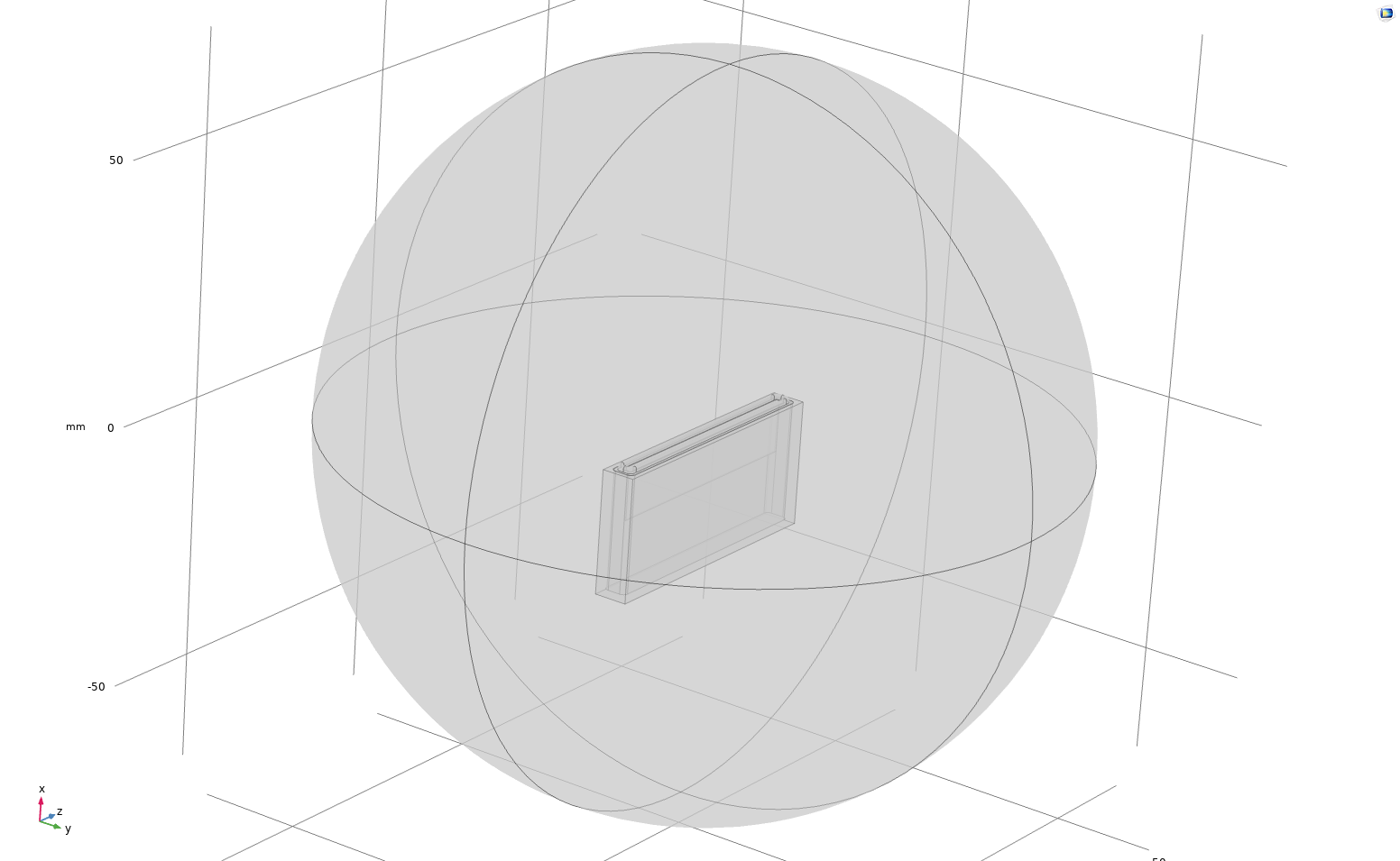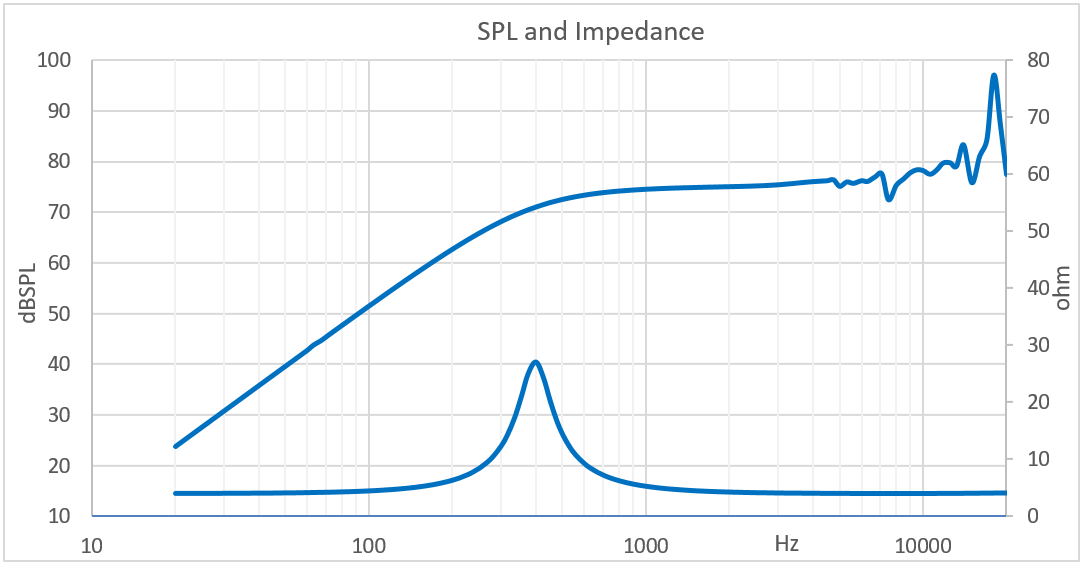革新
現在のノートPC設計の主流は、コンパクト化と超薄型化の方向へ進んでいます。従来の円形スピーカーはサイズ制限(縦横)により、最新世代のノートPCの要求を満たせなくなったため、ほぼ全てのスピーカーが長方形または楕円形に設計されています。これは限られた空間で振動面積を最大化するためであり、今後もより長く、より狭く、より薄く設計される方向です。 しかし縦横比率が大きすぎる長方形(または楕円形)スピーカーでは、一部の部品コストが上昇し、量産が困難になるケースがある。例えば、コストの高いデュアルマグネット・デュアルボイスコイル構造を採用せざるを得ない場合だ。これは長すぎるボイスコイルが実際の量産工程で歩留まりを著しく低下させるためである。 FPCフレキシブル基板を用いたボイスコイルを縦横比の高いスピーカーに適用することで、この問題を効果的に解決できる。適切な磁気回路設計と組み合わせることで、FPCボイスコイルを使用すれば、比較的長いサイズと狭いベゼルを備えた長方形スピーカーを容易に開発できる。

現在ノートPCやタブレットに採用されている従来型の二重磁気回路・二重ボイスコイル設計のスピーカー。

フレキシブル基板をボイスコイルに採用したスピーカーは、長方形で可能な限り狭幅の構造を容易に実現できる。

シミュレーションモデルを構築し、この構造のスピーカーの音響特性を分析・予測する。

本例のシミュレーション結果では、スピーカー寸法は長さ50mm、高さ12mm、幅わずか4.5mmとなり、このユニットを5cc密閉型エンクロージャーに搭載した場合の1ワット入力時・0.5メートル距離における周波数特性およびインピーダンス曲線を示している。

当サイトの一部の文章は、AI翻訳により訳されたものです。内容の正確性については、原文の中国語版をご参照いただくか、弊社までお問い合わせください。ご理解のほど、よろしくお願いいたします。

 RFQ
RFQ